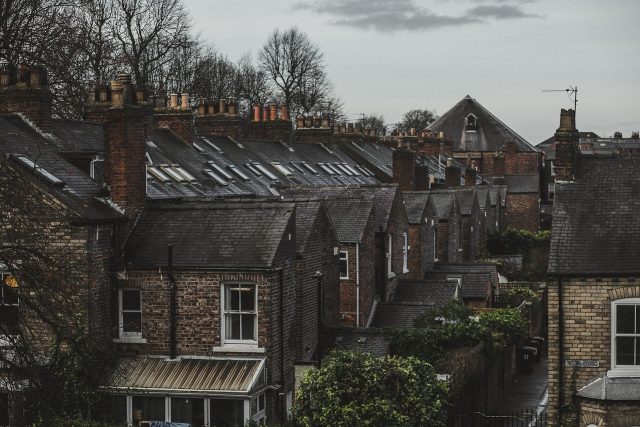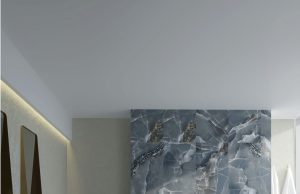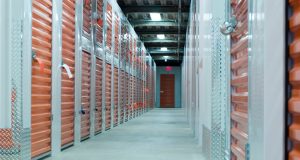
Do you live in an old, vintage property? How enjoyable it is, but sometimes it can turn into, especially when you have a damp problem. Dealing with various damp types, rot, decay, or mold is truly a nightmare for house owners, explains Markham Services. Living in an older building should be an enjoyable and satisfying experience. But the good thing is, the problem is treatable without spending loads of money.
In old houses, damp is not the only concern, and there are some other problems associated with the damp such as black mould, rising damp, water ingress penetrating damp, condensation, etc. So, you should manage and treat these historic properties in an adequate manner that damp does not occur or at least remain at tolerable levels.
To solve the problem, it is necessary to understand the problem. By using appropriate techniques, you can protect your vintage house from various types of damp and enjoy a healthy home for many more years to come.
Below are some of the reliable methods and techniques that you can use to prevent rising and penetrating damp in old houses
Treating rising damp in an old house
What is rising damp?
Usually, rising damp is moisture that penetrates into your house walls and moves in an upward direction from the surfaces in a capillary action. The rising damp in old buildings and homes is treatable.
To solve this issue, you should identify the damp type in the first place. It is advised to seek help from an expert damp proofing specialist in this regard. This is because it is very common that you can mistake this damp type for condensation, and at this point, the whole process will go in the wrong direction.
It is best to treat rising damp issues in old houses by using a chemical damp proof cause. The primary reason that this damp arises is due to a damaged or leaking DPC. At the same time, most old buildings don’t have a DPC. Instead, they have lime mortar to prevent damp and other similar issues. However, you can also use chemical DCP in this case.
Another vital thing here is the brand of chemical DCP. So, again we will advise you to consult damp treatment specialists and use the best one. Installing a new chemical DCP is simple, and if you are an experienced DIYer, you can do it by yourself.
To install a chemical DCP, you need sturdy masonry drill bits, a drilling machine, and a cartridge gun to inject the DCP. Drills holes into the wall 150mm above from the ground surface and at the correct level. Then inject a DCP into the boreholes. Overall, this process is effective in treating rising damp problems in an old house.
Treating penetrating damp and water ingress in an old property
Usually, penetrating damp and water ingress problems occur due to cracks and openings in the wall, roof, and ceilings. In old buildings, it can also occur due to the wrong use of interior plaster. In old properties, most houses have roofs that are leaked because of weak materials and age. Similarly, if the upper bricks of the building are perished due to any reason, it will result in penetrating damp.
As compared to the rising damp, treating penetrating damp is a bit complicated. In fact, it is the most difficult to treat than the other types of damps. There are many methods and techniques to address this damp issue. One way to treat it is to use a waterproof sealer. This method is used on the outside, and it seamlessly seals the brickwork and prevents dampness from penetrating into the walls. This method works most of the time unless and until the wall has large holes or cracks.
If you have large holes or openings in the wall, we will advise you to just repair the damages, and using the sealer will not work, and dampness can still penetrate into the wall. You can also try using a mortar epoxy to fill gaps and openings, but it is not the ideal solution. If that doesn’t work, just replace the damaged and broken bricks with new ones.
After treating the problem from the outside, you can easily treat the penetrating damp problem inside the house. For inside, ventilation is the key. First, properly dry out all the areas affected by the damp. Open up all the windows if possible and also turn on the fans. You can also use a dehumidifier to speed up the drying process. In the end, you can apply mould-resistant paint to prevent mould.
Treating a leak in an old property
If you have a leak problem in your old building, this needs the help of an expert. For instance, you can identify the leaking pipe, but you will need a plumber to resolve the issue. On the other hand, if your roof is leaked, you will have to hire a roofer to address the issue. Both these tasks are quite specialist, and we will not advise you to treat them by yourself as it may make it even worse.
However, we will advise you to trace the leak before calling a damp professional. It is essential to identify and fix the leak before any repairing work. Once the leaking pipe or roof is repaired, let the affected place dry, and if possible, use a dehumidifier. And once it is dried out, you can use the mould-resistant paint to prevent mould and other microbes. Lastly, don’t forget to check other areas of your home. For example, if you see a mould on the corner, don’t forget to check the floorboards, furnishings, and other similar spots inside your home.













